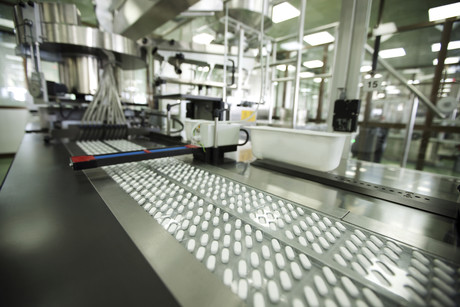The evolution of industrial control systems

The PLC (programmable logic controller) has been the mainstay of manufacturing since its inception in the 1970s. PLCs were the first foray into computerisation by manufacturing and ushered in what is now considered to be the third quantum shift in industrialisation, Industry 3.0.
The idea of having a small programmable computer was highly appealing as it offered numerous advantages over the hardwired relay logic circuits that had previously been used. The main advantage was the ability to make functional changes quickly, just by downloading a new program. PLCs quickly proved themselves to be highly reliable workhorses, and their flexibility and relatively low cost soon saw them used across a wide variety of industries.
The 1980s saw the dramatic rise of personal computers. Their usage surged as their power increased and cost reduced. Manufacturing experienced similar increases in the uptake of PCs. They were (and still are) used extensively in areas like PLC programming, SCADA and many other applications.
PLCs also developed during this period but at a much slower rate compared to the rest of the computer world. All the main PLC vendors preferred to design their own ASICs (application-specific integrated circuits) and use CPUs that were generations older than what was available. Yet despite their superior computing power, PCs were almost never used to execute control tasks. Control was considered the domain of the PLC for some very good reasons.
Reliability is an imperative for manufacturing, as even a small amount of downtime affects production costs significantly. PC architectures, and especially the ubiquitous Windows operating system, were deemed too unreliable for industrial environments. Furthermore, control applications demand real‑time performance — particularly motion and robotics. But Windows was never intended for deterministic response times. It was instead built for desktop applications, which required an open, versatile multitasking environment. However, this openness is also its Achilles heel as it allows viruses and other rogue programs similar access.
PCs are now entrenched in manufacturing — their openness, flexibility and sheer computational power are seen as highly desirable for industrial environments. Hardware improvements, particularly in CPUs, have made them vastly more stable than previous generations, and their programs have seen enormous development, making them very effective in manufacturing.
While the fundamental issues relating to Windows not being specifically designed for industrial control environments remain, there is nevertheless a renewed push to integrate proper control functionality with a Windows‑based PC, so as to enjoy the benefits of both worlds.
The answer, and next logical evolutionary step, is an industrially hardened PC with Windows running concurrently with a real‑time operating system. Separation of the operating systems must be complete, as it’s paramount to maintaining openness and versatility, while at the same time ensuring reliable and real‑time performance. Each operating system executes in its own CPU cores and is stored on a separate solid-state drive.
This would be an all‑in‑one, state‑of‑the‑art industrial control system — one that would indeed be ready for Industry 4.0, with the IIoT, big data, robotics and whatever else is around the corner.
ABB identifies new frontiers for robotics and AI in 2024
Accelerating progress in AI is redefining what is possible with industrial robotics.
The need for speed
The constant improvements by CPU manufacturers are providing new processing techniques that...
IPCs enhance warehouse automation
A Sydney distribution centre has enhanced its operational efficiency with an innovative system...














